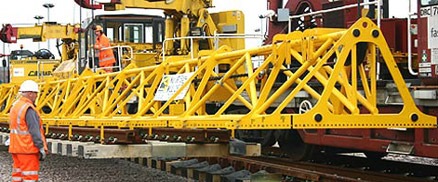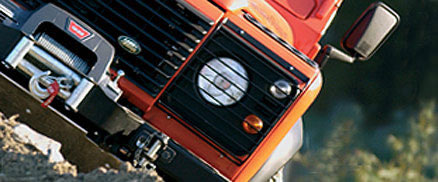A lot rests on lifting shackles, literally and figuratively. The humble galvanised shackle is usually the part that connects slings in the form of wire rope or chain to the item being lifted by a crane or other form of hoist or lifting equipment. The lifting shackle does not come as a standard item, but differs according to the way it is being used.
These items are generally of a two-part construction. There is a “U” shaped part that can take a bolt through two eyes located at the end of each leg of the “U”. Screw pin shackles are used in conditions where assemblies are temporary and not permanent. The screw pin can easily be removed and inserted again as need demands, However, for more permanent usage, it is recommended that a safety bolt is used. These have a pin through the end of the bolt to prevent the load causing it to unscrew due to slippage.
The most common lifting shackles are known as a “D” shackle because of their basic shape when the pin or bolt is in place. This type is used common with one-leg systems where gear of a single rope or chain is used to lift the load vertically. In this way the load exerts its force on to the curved part of the “U” and on to the bolt or pin only, and as long as the safe working load is not exceeded, safety is not compromised.
The other common type are bow shackles. Its basic configuration is similar to that of the “D,” but the sides are bowed out. This is so that it can better accommodate the additional stresses of a multi-leg system where several chain slings or wire rope assemblies are used. This is often for heavier loads to spread the weight more. It can also be because of the need to better control a difficult shaped object being lifted.
All lifting shackles must have a number of marks stamped on them. These are to inform users of the safety of use as well as the overall quality of the item. The working load limit should be clearly marked for obvious reasons, the grade of stainless steel used, and the Conformité Européen (CE) code which indicates that the item is safe and suitable for use with lifting equipment. Other marks include an identification mark of the manufacturer and a code that allows the component to be traced to its particular batch.


